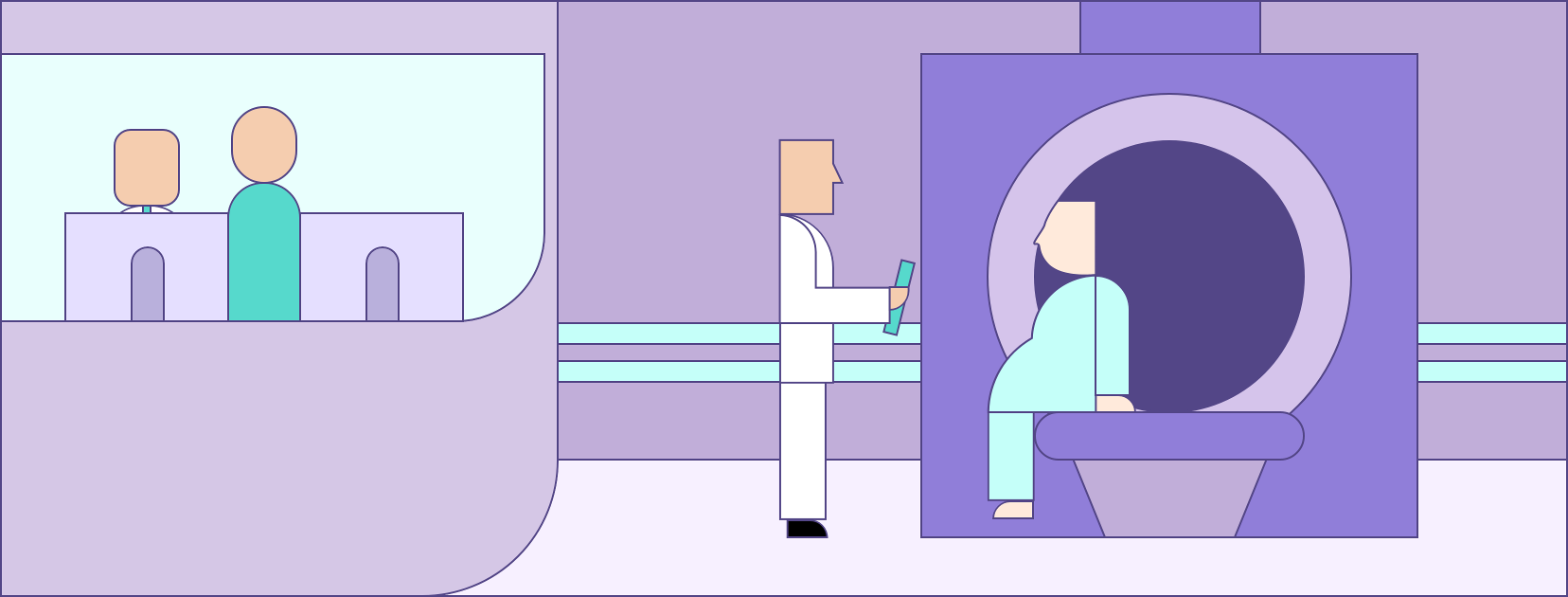MRI has several advantages over other imaging techniques for cancer imaging. MRI can provide
detailed images of soft tissues, often those affected by cancer.
MRI can image the body in any plane, which can help visualize tumours in difficult-to-reach areas.
MRI can detect early-stage tumours that are often too small to be seen with other imaging tests.
MRI can determine a tumour's size, shape, and location and assess the extent of cancer spread.
MRI can also serve as a guide in doing biopsy procedures.
In cancer treatment, MRI can plan surgery, guide radiation therapy, monitor the response to chemotherapy or other cancer treatments, and detect cancer recurrence.
MRI is a safe and non-invasive procedure that does not expose patients to radiation.
